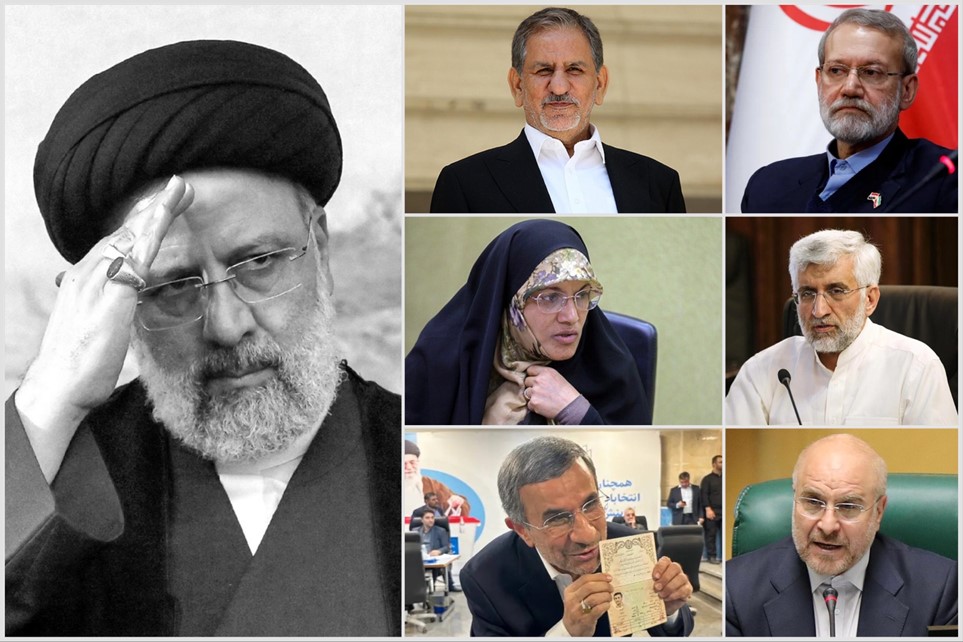On Sunday 19 May Iranian President Ebrāhīm Ra’īsī lost his life in a tragic helicopter crash in Northwestern Iran. With him a number of high ranking officials also lost their lives, most important among them Foreign Minister Ḥosseyn Amīr ‘Abdollahiyān, Governor of East Azerbaijan Province Mālek Raḥmatī, and Moḥammad ‘Alī Āl-e Hāšem Friday prayer imam of Tabriz and the Supreme Leader’s Special Representative in Eastern Azerbaijan also lost their lives.
In light of the current tense conditions in the Middle East, when Iran is in the middle of a clandestine war with Tel Aviv in a number of front and shortly after Iran’s large scale missile and drone barrage against the Israeli positions the death of the Iranian president in a dubious helicopter crash gave rise to many conspiracy theories.
Whatever truly happened will probably many largely obscure for decades, but the fact is that -at least officially – Tehran does not harbor such theories and accept the incident as the most plausible, a sudden and shocking, but tragic accident. With this Tehran both suffered a huge loss in its top cadres and political stability, and gained by showing how significantly its positions grew just in the last few years. Because the level of solidarity to Tehran was unprecedented, especially from the Gulf countries was significant both during the rescue operation, and after the death of President Ra’īsī was announced.
The more pressing question is, however, both for the region and for Iranian politics is what comes next. Who will succeed Ra’īsī? What line the new president follow? And how will this sudden shock affect the internal dynamics of the Iranian politics at a time, when the recent parliamentary elections gave unreassuring signs and Supreme Leader ‘Alī Hāmeneī reaching the age of 85 this year.
Accident or conspiracy?
The circumstances of Ra’īsī’s death are both perplexing and unsettling. On 19 May he attended an inauguration ceremony of a border river dam with Azeri President Aliyev, a meeting otherwise not of pivotal importance. It was only important because in recent years Tehran has a particularly difficult relation with Baku, as Azerbaijan was pulling closer to Tel Aviv and there were fears of border, or even broader conflict. And this the trip was part of a good neighborhood project, otherwise a key element of Ra’īsī’s foreign policy.
On the way back, even thought it was midday, the weather conditions above the mountainous northern regions of Iran suddenly turned extreme and contact was lost first with the presidential helicopter and subsequently with all three of the presidential convoy.
The fog and conditions at the time of the crash in the region were truly terrible
Despite the efforts and international help offered by Türkiye and Russia it took more than sixteen hours for the rescue teams to find the helicopter, which was completely destroyed and all passengers died.
This region is known to have unpredictable weather sometimes and Iran had lost even high ranking officials on the past in roughly the same area. Also the Iranian airplane and helicopter fleet is largely outdated, mostly American planes from before the revolution desperately in need of spare parts. In this context the accident is believable. But there are certain details that are hard to clarify.
Why was the president traveling regularly with key members of his staff in such old helicopters possibly susceptible to malfunctions? Why did he not travel by the presidential airplane? Why was the flight not canceled immediately upon learning the bad weather conditions? How come there was no better forecast? Why was the route taken above the mountain range known to have treacherous conditions sometimes? These are all questions very hard to answer, and even though the semi-final report by the Iranian security agencies maintained that there was no foul play and it was “just” an accident, most of these pressing questions were left unanswered. The most some unofficial sources held that the helicopter was old, lacking spare parts and this is the result of the American sanctions. But it is very hard to explain why a president was traveling with such an unreliable aircraft. And indeed it is improbable that Iran could not obtain at least a few reliable planes for government use from Russia, or China.
Given these circumstances all sorts of wild conspiracy theories came to light from a possible Israeli assassination, to internal conspiracies. And since it was less than a month after Tehran launched a major missile and drone barrage against Tel Aviv, to which the Israelis vowed a revenge, there is understandable suspicion. However, no theory can explain all circumstances. If it was some sort of internal elimination, there is not justifiable motive, especially since the establishment was clearly in shock. There was no reaction scenario. If it was some sort of American-Israeli master plan, how did they achieve such weather and how could they be sure the presidential staff would not change plan?
Though the real answer along with all the details will surely remain hidden for decades, the most likely scenarios was a mix of Middle Eastern carelessness and negligence, sudden and extreme conditions and bad luck, but eventually a tragic accident.
The loss
Losing the head of the government in a tragic accident is always a shock to any country, especially is such sensitive times in which Iran is in right now. Because Tehran in the last three years managed to improve its standing in the region remarkably, and the funeral of Ra’īsī was a clear testament to that. It’s position internationally saw an equally remarkable improvement with joining the BRICS and several other regional organizations, and developing a strong partnership with both Russia and China, while not alienating other key partners, like India. Yet on the other hand since October 2023 Iran is in a very sensitive situation about Palestine both in need to project itself strong and capable of having an effect on the equation, and still not running into a potentially devastating open war with Tel Aviv and its supporters. And Ra’īsī’s government played this game impressively.
However, while the loss of such a symbolic person is great, the Iranian establishment did not suffer a crippling loss with the death of Ra’īsī. Even if the assumptions are correct that he was groomed to be the next Supreme Leader, he was not an irreplaceable political figure, or visionary, much more a trusted manager of a skilled staff. Meaning a suitable successor, even if not in the very short term can be found, especially that Ra’īsī played no key role before his presidency.
The much biggest loss is the death of Foreign Minister Ḥosseyn Amīr ‘Abdollahiyān, one of the biggest minds of the Iranian foreign policy. He was often compared with his predecessor Moḥammad Ğavād Ẓarīf, a brilliant diplomat, who appeared regularly in Western interviews and with perfect English managed a lot to better Iran’s image. Also Ẓarīf was the main architect of the JCPOA nuclear deal. Compared to him Amīr ‘Abdollahiyān spoke little English, or Arabic and despite his almost constant travels appeared less in the forefront.
Such a comparison, however, is very misleading, as there was no contradiction between the two. Amīr ‘Abdollahiyān was an exceptional career diplomat and one of the key architects of Iran’s relations with the Arab world. Though he only held one ambassadorial position to Bahrain (2007-2010), he was two times Deputy Foreign Minister, the second time under Ẓarīf. He had particularly close ties with Revolutionary Guards Jerusalem Forces, and thus with Iran’s key allies in the region. He had immense knowledge about the internal dynamics in the Arab world, especially in Iraq, and has a huge contribution to the gains Tehran obtained there in the last decade. He might have been less charismatic then his predecessor, but even more knowledgeable and connected personally. His loss is definitely bigger than that of Ra’īsī, and will be difficult to substitute with an equally capable person.
Unprecedented solidarity
While Iran truly lost a trusted and fairly successful president and foreign policy mastermind, the incident also showed how successful this government was. A truly strange irony. After years of almost total isolation in the region under President Aḥmadīnežād and the aura of war possibly breaking out any minute under Trump, Ra’īsī truly managed to turn the tables.
The rescue operations for the presidential helicopter were still ongoing, when not just Russia, but also Türkiye provided technical help. But also Qatar, Saudi Arabia, and even Jordan – a state paranoiac about Iran – offered all possible assistance, along with Pakistan, which which Tehran almost ended up in war few months ago.
The real surprise, however, came after Ra’īsī’s death was confirmed. Qatari Emir Tamīm himself attended the funeral, just like Tunisian President Qays Sa‘īd, who was the first Tunisian president ever to visit the Islamic Republic. High level delegations came from Saudi Arabia, the Emirates, Oman, Iraq, Pakistan, and Algeria, and even Egypt expressed solidarity. Not to mention the traditional allies, like Syria, Lebanon, the Palestinian factions, or government in Sana’a. Several of these states announced one to three days of official mourning for Ra’īsī’s death. This is truly in unprecedented solidarity with a state that only a few years ago was declared potential enemy in all levels by many of these governments, specifically in the Gulf.
This really shows that the “good neighborhood” policy of Ra’īsī’s government and the Chinese brokered rapprochement with Saudi Arabia in March 2023 was a turning point. And that change was very noticeable, a matter of shock in the Arab news at the time of Ra’īsī’s funeral. The Iran President Ra’īsī left behind, at least regionally, is very different than the one he took over.
The new candidates. Those who could have been.
The period of registration for the 14th Iranian presidential elections ended on 3 June, and thus we had the first list of the possible candidates. Until 11 June the Guardian Council was to review the portfolios of the registered candidates, yet by 9 June, quite ahead of schedule it took its decision. And thus the real race will start until the end of June, when the first round will be held. And if no candidates wins the majority of the votes then a second round will be held between the two most supported candidates in early July.
Initially almost 80 candidates registered with some 10-15 big names, including four women. And around a half of them were truly potential winners.
The first significant candidate to register was former Speaker of the Iranian Parliament (between 2008 and 2020) ‘Alī Lārīğānī, one of five influential brothers of whom three play a major role in the political establishment. He served in the Expediency Council (the Supreme Leaders close advisory body) from 1997 until 2008 and since 2020 he returned to this post. Between 2005 and 2007 he was also the Secretary of the Iranian Supreme National Security Council, a top foreign and security policy post.
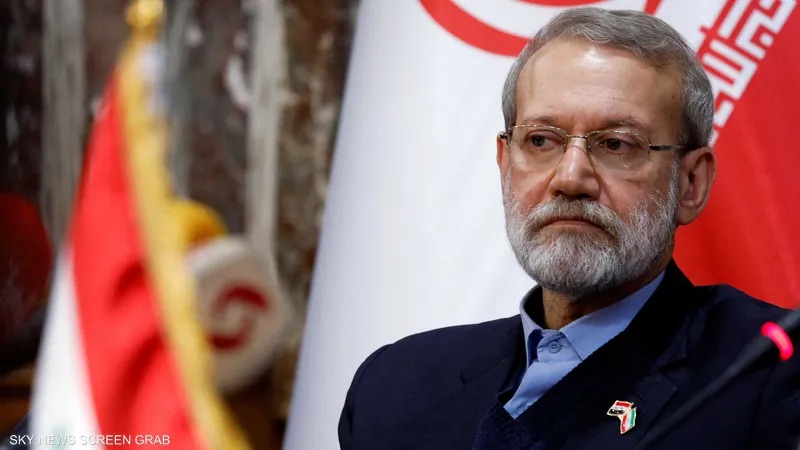
In 2005 Lārīğānī ran was for the presidency, but finished third. In 2021 he registered once again, but was rejected by the Guardian Council. The reasons for this rejection as not clear, but it was believed to be partly because he gradually distanced himself from the most conservative circles, and partially because his relative popularity meant a complication for then upcoming main candidate Ra’īsī. Now, however, when there is no clear favored candidate and a bigger chance voile have been given to the “reformist” camp he could have bee left in the race. Lārīğānī, who originally made a name for himself as the officer of the Revolutionary Guards, for long had been considered a member of the conservative camp, but from the technocrat, economically liberal wing. He is believed to be popular among the economic elite, the bazaar merchants and business owners, and has bigger camp the big cities. Now, with the worrisome low participation of this year’s parliamentary elections and a clear majority for the conservatives he seemed to be an ideal president. A capable technocrat, a conciliatory figure, who has considerable popular support and might just be the right man to keep the helm steady in light of the current volatile regional conditions.
The second most likely candidate, who probably has the biggest support from the most conservative circles is Moḥammad Bāqer Qālībāf, an other former heavy weight of the Revolutionary Guards. After a long military and law enforcement career in 2005 he became the Mayor of Tehran until 2017. There he followed Maḥmūd Aḥmadīnežād, who in 2005 became president and used this post as a jump pad for his presidential campaign.

Qālībāf first ran for the presidency in 2005, but finished fourth. In 2013 he ran again and made a much bigger impact as the main conservative candidate, but finished second after President Rōḥānī (2013-2021). In 2017 he ran for the third time, but eventually stepped back endorsing President Ra’īsī. That was the peak of his popularity, but since Ra’īsī was the main candidate of the conservative camp that year he understood he had no real chance. Three years later he was compensated, when in 2020 he ran for office as the Speaker of the Parliament and he still holds this position, having been re-elected this year. He is a devoted member of the conservatives, but represents the interests of the military and the Revolutionary Guards, much less the clerics. As Mayor of Tehran he clearly favored the new bourgeoisie and his presidential campaigns leaned towards the more populist camps. He is probably the “safe choice” of the conservatives this time by being more capable than the other conservative candidate Ğalīlī, but lacking strong personal agenda for the future of the country.
Qālībāf’s main rival on the conservative wing is Sa‘īd Ğalīlī, a current member of the Expediency Council, a devout supporter of the Supreme Leader Hāmeneī.

He had a limited military background in the ‘80s, when he was severely injured. He became a career diplomat focusing on the European and American ties and under Aḥmadīnežād between 2005 and 2007 he was Deputy Foreign Minister. Between 2007 and 2013 he was the Secretary of the Supreme National Security Council and thus the main nuclear negotiator. This way he heavily attached himself to the confrontational nuclear policies of President Aḥmadīnežād. In 2013 he ran for the presidency for the first time and by many he was the main conservative candidate given his strong personal devotion to Hāmeneī, but eventually came in fourth. He was a vocal critic of President Rōḥānī and his conciliatory nuclear agenda, but after the nuclear deal he fell to relative obscurity. He had a second candidacy for the presidency in 2021 and was approved, but eventually withdrew in favor of Ra’īsī. Though he is considered reliable and loyal to the establishment, he lacks a clear program even more than Qālībāf.
The last big name of conservative camp is former President Maḥmūd Aḥmadīnežād (2005-2013), who had been Mayor of Tehran before that.
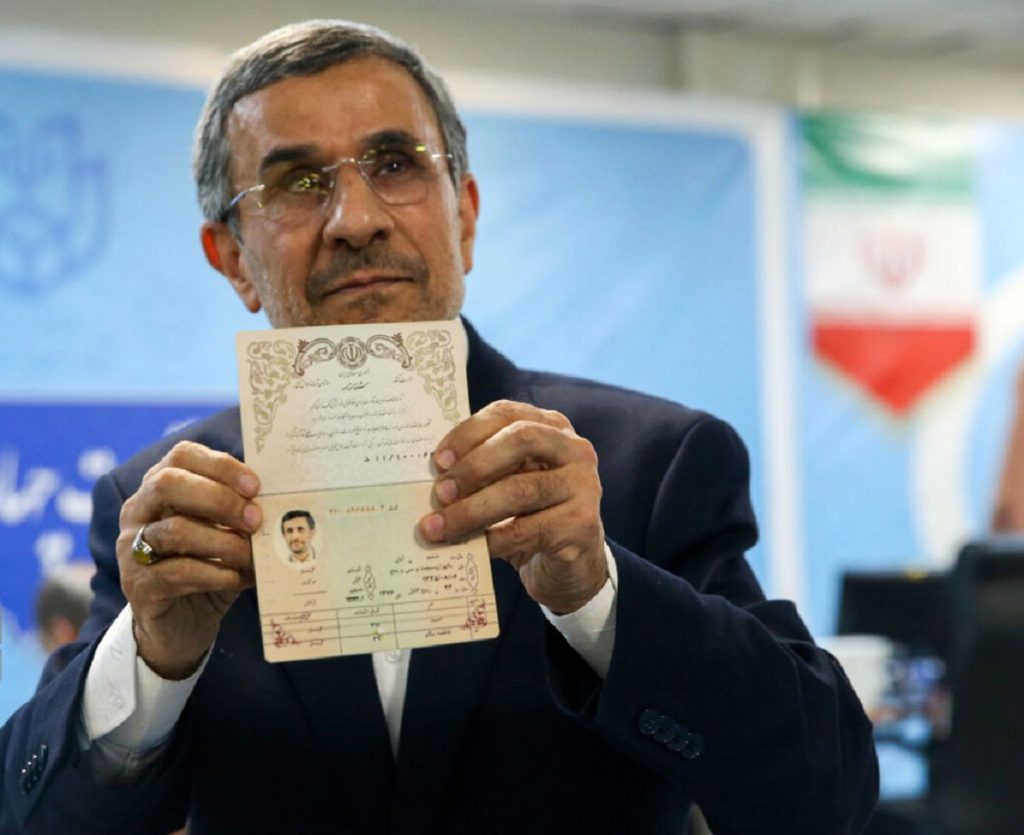
In many ways Aḥmadīnežād was viewed as the product of the “Iranian dream”, a man coming from very humble beginnings and gradually climbing up the ladder by diligence and will, gaining a huge and lasting popularity with the rural and lower income social circle as a humble, candid and strong will politician. An image of the “guardian of ordinary people”, which he always took promoted. His major luck came in 2005 when as a relatively unknown candidate became second in the run up elections against former President Rafsanğānī, who was widely unpopular and made him gain a landslide victory in the runoff. His confrontational foreign policies, however, made Iran very isolated and his poor management of the economy soon lost support of the urban population. He ran into huge scandal after the 2009 presidential elections, which he won, but claims of fraud and electoral irregularities ignited the so called “Green Revolution” by the reformist camp, which until now was probably the biggest crisis of the Islamic Republic.
He further alienated himself by trying to break the former reformist-conservative dichotomy of the Iranian politics carving out a third wing. That was based on a mix of nationalistic and Islamic ideologies building on the rural population, but eventually that caused him to lose support from both major camps. In 2011 he openly supported the so called Arabic Spring movement despite the warnings of the establishment that it is not favorable by Iranian regional interests, and that caused him to be almost barred from conducting foreign policy in the last two years of his presidency. After leaving office he tried – so far in vain – to gain personal support from the Supreme Leader. He ran for the presidency in 2017 and 2021 but both times was barred by the Guardian Council.
Aḥmadīnežād is a truly unique figure of the Iranian politics. He managed to carve out a way more positive reputation abroad – at certain circles – than at home, severely damaged Iran’s relations both in the West and in the region with his often vulgar and confrontative statements, and left a very dark legacy, yet with his persistence managed to stay active despite very little support by the establishment. No surprise that he was disqualified this year as well. Because he is an unpredictable wildcard, a liability, who would jeopardize the Iranian gains in the region that were achieved in the last three years.
The only candidate of the reformist camp was former Minister of Industries and Mines and former Deputy President Esḥāq Ğahāngīrī. A man of almost no military background to speak of.
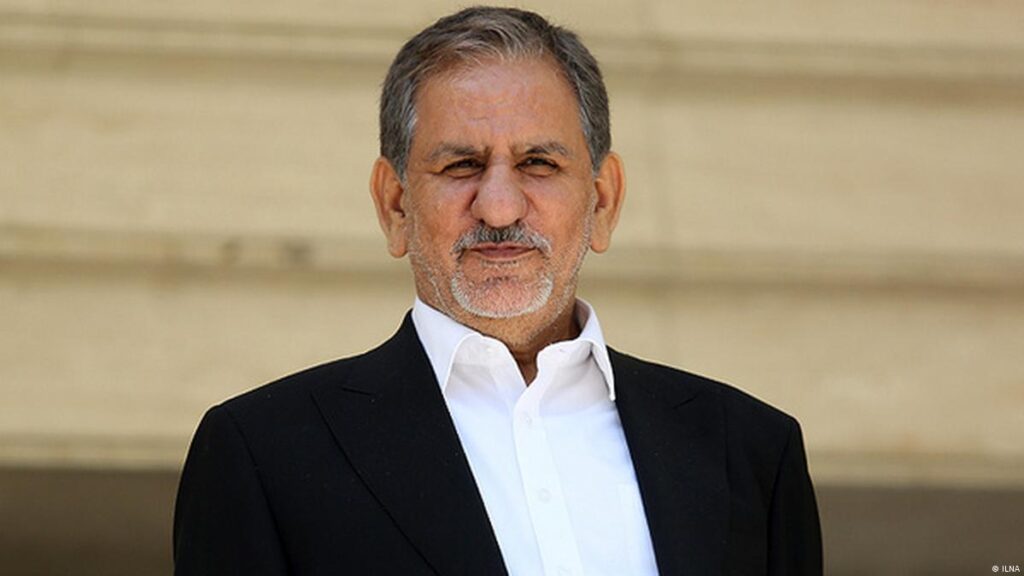
Ğahāngīrī gained his first ministerial position under reformist President Hātamī (1997-2005), and became a member of the reform campaign in the 2009 elections. In 2013 he first became the campaign manager of former President Rafsanğānī, but after Rafsanğānī‘s disqualification he became a member of President Rōḥānī’s camp, serving as First Deputy President for two terms. He ran for the presidency in 2017 as a tactical move to increase the chances of Rōḥānī, and eventually withdrew. In 2021 he registered for the presidency again and the most potent member of the reform camp, but was rejected by the Guardian Council, most likely not to cause interference with Ra’īsī. Just like this year. He is a very skilled and non-confrontational technocrat politician, but a man who largely worked as key supporter and adviser for more capable people.
There were some other, less significant reformist candidates, but eventually only was left in the race, Mas‘ūd Pezeškiyān.
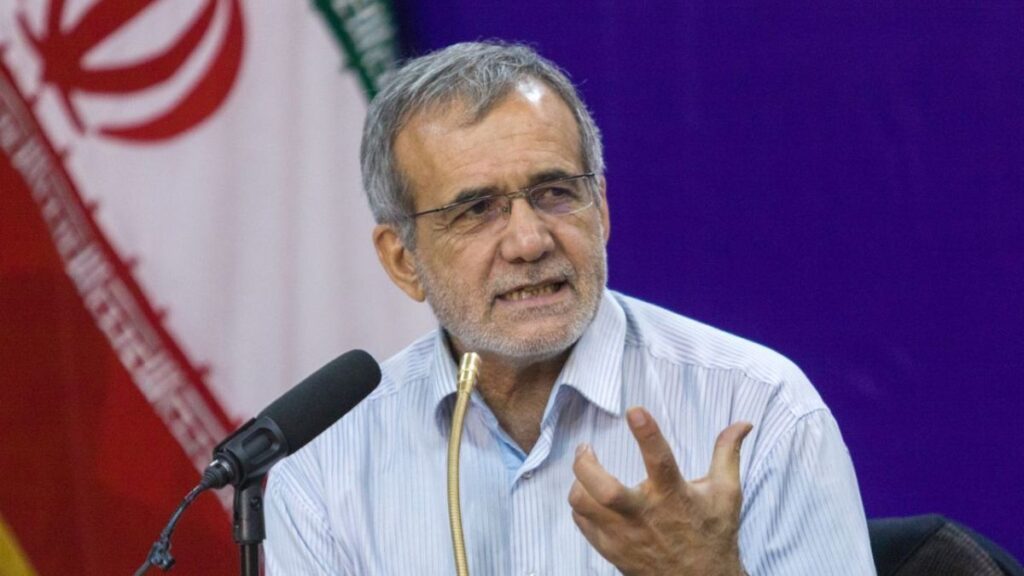
Pezeškiyān is a professional hearth surgeon, who worked as Minister of Health under President Hātamī between 2001 and 2005 and had been the member of the parliament. He is a known critic of many of the conservative policies of the state regarding women, or political life, and a member of a group of likeminded mid-ranged politicians. Yet he lacks the popularity, or the overall charisma, who could unite the reform camp and there seems to be no clear agenda either, especially such cardinal questions as foreign policy, or nuclear negotiations. This is his first presidential campaign.
As an interesting note this time also four female Parliament members registered for the elections, all of them are staunch conservatives. Of them Zohre Elāhiyān made the biggest news. She is a physician and former member of the Parliament’s National Security Committee, who during the 2022 protest Iran wanted severe punishment for the protesters. In the last minute before the Guardian Council announced the approved candidates she withdrew her candidacy.
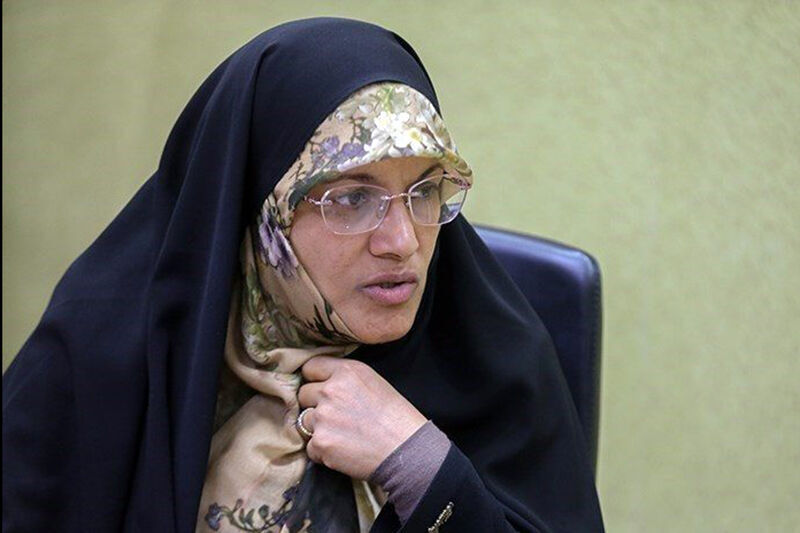
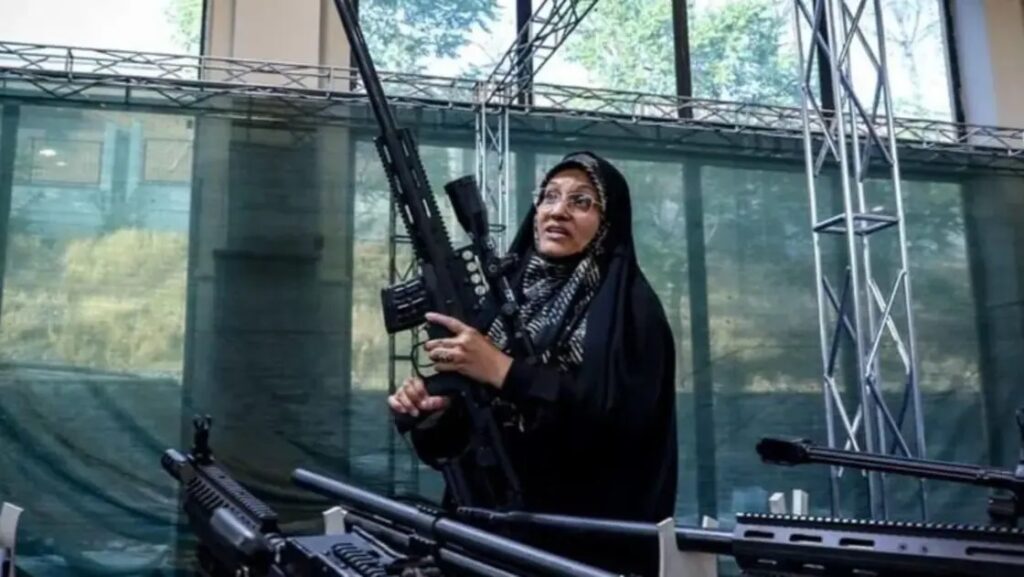
What we see from this list that several prominent candidates of the last few elections registered themselves, but only two major conservatives and one lesser known reformist were approved. There is, however, just one clerical candidate approved this time, who was not even amongst the big names during the registration. He is Moṣṭafā Pūr-Moḥammadī, who held various security and justice positions, and that is his first candidacy.
This is not only noteworthy by the fact that the late President Ra’īsī, whose death caused this new election was a himself a prominent cleric, but also because so far 5 of the 8 presidents of the Islamic Republic were clerics. And out of the three who were not one, Abū l-Ḥasan Banī Ṣadr (1980-81) was impeached, one, ‘Alī Rağā’ī was assassinated less than a month after taking office and only one, Maḥmūd Aḥmadīnežād served two full consecutive terms. However, it seems more likely that Iran will elect a non-clerical president.
The strange feature of this is that Ra’īsī was by many sources, thought never officially by the famously elusive Iranian political establishment, was considered to be the next potential Supreme Leader, who after his second term ending could have taken over the highest post in the Islamic Republic after Supreme Leader Hāmeneī, who will had been over 90 by that time. It was suggested that Ra’īsī held the presidency as a preparation for the highest political position of the country.
Given the fact that now Iran will probably not have a clerical president, and even if so, not from the upper echelons of the clerical elite, the next president is not about to use his position as a jump pad for the highest office. If the suggestions about Ra’īsī were true, this means that the establishment hasn’t found the new potential successor for Hāmeneī. This either has to wait for another four years, and thus the next president will only serve one term, as a sort of legitimized caretaker, or the next Supreme Leader will not take office after a presidential post. Which would have made sense, as this was the formula Hāmeneī took and could have made a new “tradition”.
What is left? What to expect?
The decision of the Guardian Council on 9 June, left only 6 candidates approved. Qālībāf, and Ğalīlī, along with Mayor is Tehran ‘Alī Reẓā Zākānī, and current Vice President and head of the Martyrs and Veterans Foundation Amīr Ḥosseyn Qāẓīzāde on the conservative side, while Mas‘ūd Pezeškiyān alone from the reform camp.
Against them one cleric Moṣṭafā Pūr-Moḥammadī stands, who has a substantial religious background and a significant administrative experience as, he has served as Minister of Interior, Minister of Justice, Chief Prosecutor, but also worked in the Intelligence Ministry leading the counterintelligence. Though this is his first candidacy and has not been mentioned among the “big names”, at the age of 64 he is relatively young, so might just be the “right” candidate to win.
Interestingly most big names were eliminated, like Lārīğānī, Ğahāngīrī, or the least surprising, Aḥmadīnežād. Even former Central Bank Governor ‘Abd ol-Nāṣer Hemmatī, the token reform candidate of the last elections was barred.
There are three likely scenarios. The first is that soon the establishment will choose the preferred conservative candidate between Qalībāf and Ğalīlī, to whose favor Zākānī and Qāẓīzāde will withdraw. In this case the likely winner will be Qalībāf.
The second possibility is that the sole cleric would win the day, benefitting from the split votes between the other conservatives. And thus the tradition of clerical presidents would continue, which would make Pūr-Moḥammadī a very interesting character of the Iranian politics.
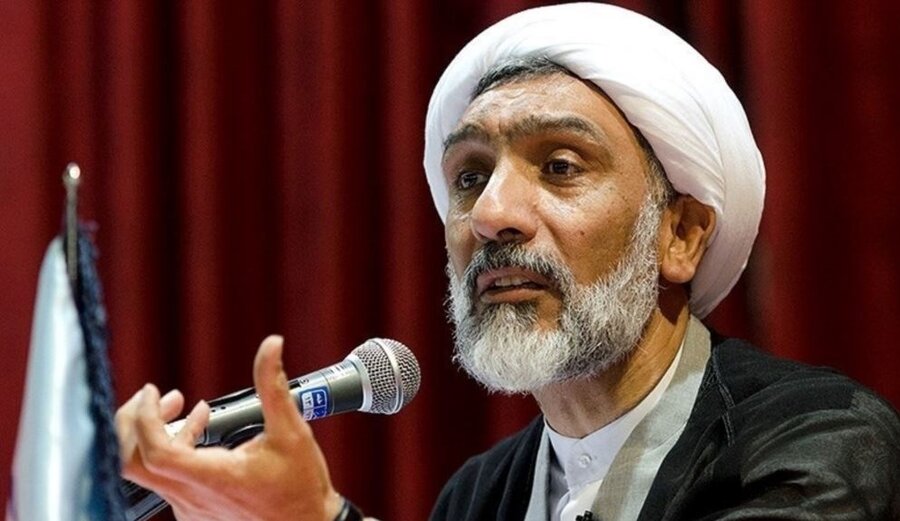
The third, and by far the least likely scenario is that the reform camp just to show discontent – which was clear in this year’s parliamentary elections – will vote in mass for Pezeškiyān. That, however, unlikely as it is, would still not mean a breakthrough, as the conservatives have overwhelming majority on the parliament and can channel the new president’s policies.
Either way, given the circumstances now, while the next elections in Iran will certainly be interesting, with all likelihood the new president largely keep the key members of Ra’īsī’s staff in post to preserve stability.


